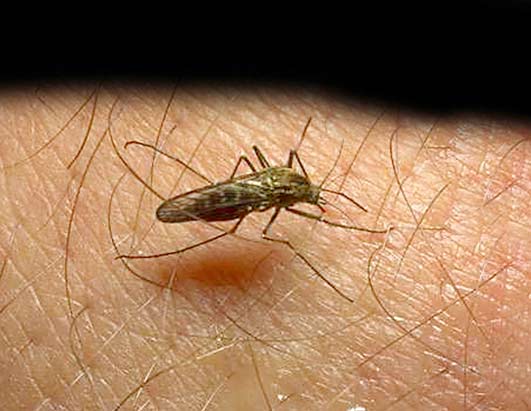Facts and figures on malaria
 Nairobi -Malaria is a vector-borne, infectious parasitic disease transmitted from human to human by mosquitoes. It is the leading killer of children under five and infants in Africa. According to the World Health Organization's latest figures, an estimated 247 million cases of malaria worldwide led to nearly 881,000 deaths in 2006.
Nairobi -Malaria is a vector-borne, infectious parasitic disease transmitted from human to human by mosquitoes. It is the leading killer of children under five and infants in Africa. According to the World Health Organization's latest figures, an estimated 247 million cases of malaria worldwide led to nearly 881,000 deaths in 2006.
Some 91 per cent of those deaths were in Africa and 85 per cent of the deaths were children under the age of five. This is equivalent to 2,051 children dying each day.
According to the Global Fund To Fight AIDS, Tuberculosis and Malaria, almost half the world's population, some 3.3 billion people, is at risk of malaria. This number is increasing due to deteriorating health systems, growing drug and insecticide resistance, climate change, and war.
Malaria is estimated to take over 1 per cent off Africa's Gross Domestic Product each year, costing the continent around 12 billion dollars.
Of 647 million people at risk in Africa, 39 per cent were covered by insecticide treated nets in 2007. However, only 23 per cent of children and 27 per cent of pregnant women actually slept under a net, according to the WHO.
The World Health Assembly has set a target of 80 per cent mosquito net coverage by 2010- a goal highly unlikely to be achieved.
The malaria parasite enters a human host through an infected Anopheles mosquito. It then develops until it can be passed on to the next mosquito which bites the infected human, beginning the cycle again.
Symptoms include fever, headache, vomiting and other flu-like symptoms. If drugs are not available for treatment or the parasites are resistant to them, the infection can rapidly kill. (dpa)